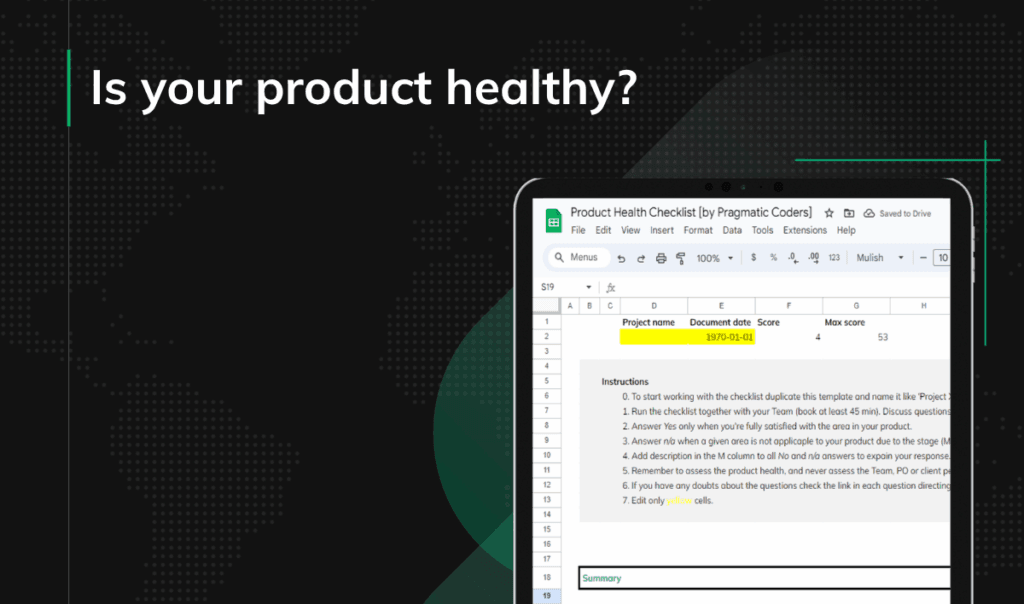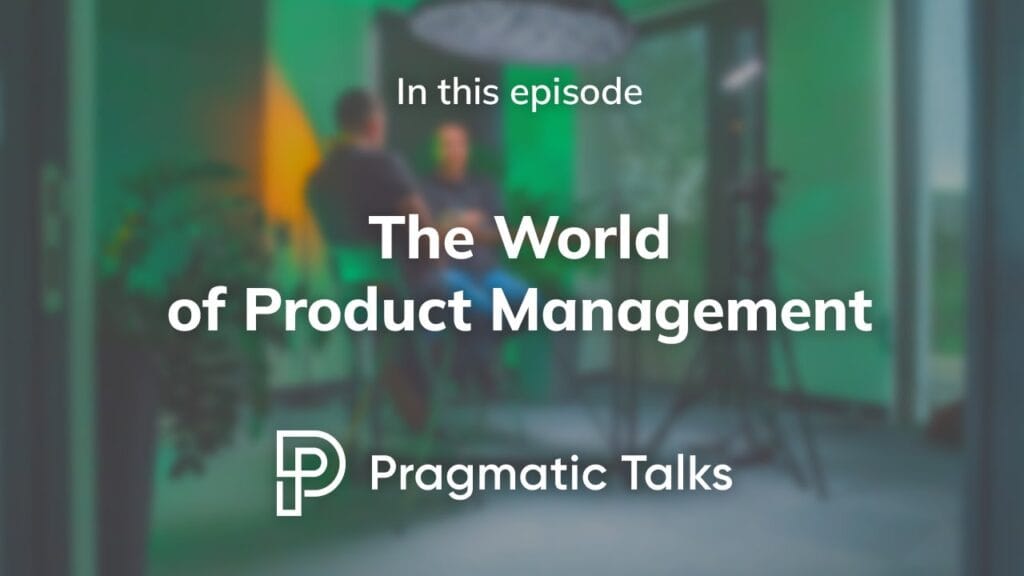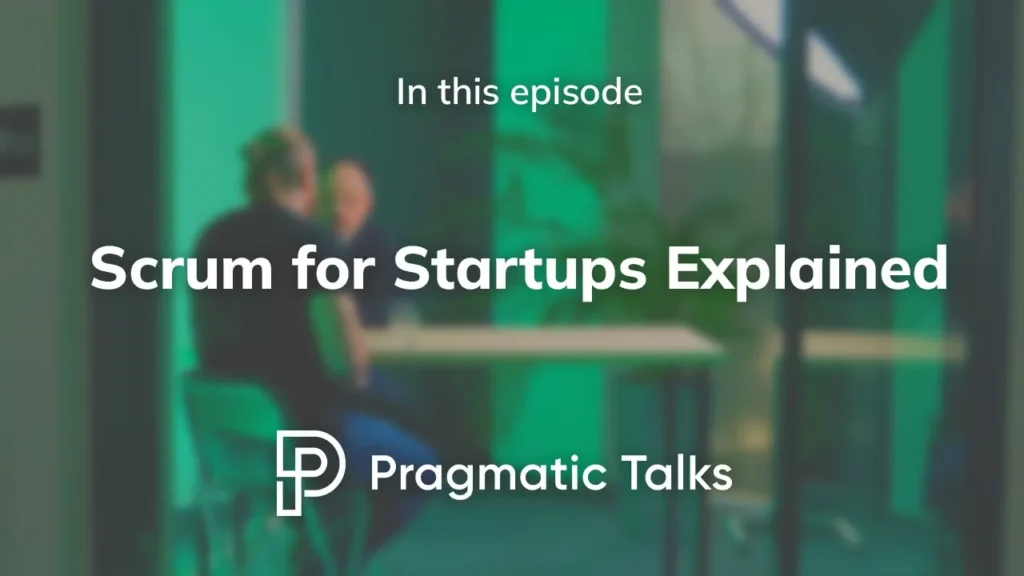Is Your Product Secretly Sick? Product Health Checklist

Revenue is up, but your team is burned out. Stakeholders are mostly happy, but your backlog is a 1,000-item wish list of conflicting demands. Sound familiar?
Welcome to the classic trap: a product that looks healthy on the surface but is rotting from the inside.
We’re obsessed with simple metrics, but true Product Health is not just a number, but a holistic state. It’s the crucial difference between a product that is just surviving and one that is built to win long-term.
This article is a diagnostic guide to the 4 pillars of Product Health. Let’s see if your product is truly healthy or just good at hiding the symptoms.
Pillar 1: Strategy
This is the “why.” If this pillar cracks, everything else collapses. We don’t want a “feature factory” burning time and money, do we?
1. Is your Vision an inspiration or just a poster? A healthy product vision is the North Star that the entire company—from the CEO to the junior developer—understands and can use to make decisions. Without it, you get chaos. This vision must be supported by a concrete Product-Market Fit Strategy, which is your evidence-based plan proving that a specific market actually needs your specific solution.
Key Questions:
- Is an inspiring Vision defined and known for both the Stakeholders and the Team?
- Is Product-Market Fit Strategy defined? (Audience, Problem, Value Proposition, Unfair Advantage, Channels, Monetization – learn more in our article about Lean Canvas)
- Are Product-Market Fit hypotheses being checked, constantly discussed, and adjusted?
2. Are you focused on outcomes or just… busy? This is the single most important concept in modern product management: Outcomes vs. Outputs. “Outputs” are the “stuff” you build (e.g., “shipped the new login button”). “Outcomes” are the measurable change in human behavior that drives business value (e.g., “20% more users successfully logged in”). Your Roadmap must be a strategic document about outcomes, not a feature list with dates.
Key Questions:
- Is a business outcome-oriented Roadmap built and used by the Stakeholders and the Team?
- Are business metrics known and discussed with the Stakeholders on a regular basis?
- Is the product strategy driven by the business strategy and contributes to it?
- Were business outcomes delivered in the last sprints?
3. Does anyone know (or care) about your impact? A feature is “done,” but did it move the needle? A healthy product has a Growth Strategy—a specific, refined plan for how to grow, whether through acquisition, activation, retention, or referral.
Key Questions:
- Is the Product Team / Product Manager constantly discussing product influence on company impact?
- Is the Growth Strategy defined and refined on regular basis with the Product Team?
- Is the Product Market Fit Expansion and Scaling defined and refined regularly with the Product Team?
Pillar 2: Discovery
This pillar is about building the right thing, not just building things right. If your Discovery process is broken, you’re just efficiently building things nobody will use.
1. Are you making decisions with data or just… vibes? A healthy process is data-driven. This means using two types of data in harmony: Quantitative Data (the “what,” from analytics tools) and Qualitative Data (the “why,” from customer interviews). Where do you get such data? From UX research.
Key Questions:
- Is any product data analytics tool in place?
- Are main product metrics known & any structured analytics approach applied?
- Were data-driven decisions made with the Stakeholders in the last 3 sprints?
2. Do you really know your customer? Being customer-centric doesn’t mean sending one survey per year. It means continuous, regular engagement with real customers. Their pain points must be known, documented, and shared. You need someone, be it a Product Owner, UX Designer, developers, or someone else – who stays in touch with users and continuously collects feedback from them.
Key Questions:
- Are Customers engaged in the development process regularly?
- Are Customer pain points known & documented?
- Are Customer pain points communicated to the Team?
- Is a UX designer engaged in the product now?
- Are UX activities planned on the Roadmap?
3. Are you validating ideas, or just shipping them? This is the “measure twice, cut once” of product development. Solution Validation means testing a low-cost prototype (even a drawing) before writing a single line of code. The cost of building the wrong feature is 100x higher than the cost of a 1-hour validation call. Your team must be engaged in ideation and validation, not just be handed requirements. (Side note: Check this tutorial on using n8n and Lovable to create prototypes in less than 1 hour).
Key Questions:
- Are business goal-oriented insights tracked?
- Are new insights being validated?
- Are solutions iteratively validated before the development?
- Is the Team engaged in solution ideation?
- Is the Team engaged in solution ideation?
Pillar 3: Delivery
A brilliant strategy and perfect discovery are useless if your engine room is a mess.
1. Is your Backlog a plan, or just a dumping ground? A healthy Backlog is a strategic, managed tool. When it’s a “single source of work”, it means nothing gets built unless it’s on that list and prioritized. This stops the “drive-by” requests and “shadow IT” that create chaos. Every new feature must have a “clear reason or purpose”.
Key Questions:
- Are all crucial components of the app defined and is the architecture/infrastructure adjusted to it?
- Is the backlog a single source of work for the Team & is it managed by the Product Manager?
- Did all Stakeholders use the backlog and collaborated on it in the last sprints?
- Are the Dev Team, DevOps Team, and all Stakeholders aware of the requirements (fresh ideas) lifecycle?
- Was the sprint backlog composed of clear, actionable & business-oriented items before the last sprint?
- Is the backlog a continuously emerging list of work for the product, without specific delivery dates or closed lists of features to be delivered?
- Is the Team and the Stakeholders aware of the scope for the next sprint based on the backlog?
- Are new features in the product defined and documented with a clear reason or purpose?
- Is there a clear feature strategy defined and discussed with the Stakeholders?
2. Are you shipping value, or just… shipping? Activity does not always equal progress. Sprint Goals must be tied to outcomes (Pillar 1), not just “completing 10 tickets.” Releasing “at least once a sprint” is the heartbeat of agility, providing a rhythm for feedback.
Key Questions:
- Does the team have complete control over the Sprint Backlog?
- Are the successes and failures of Sprint Goals monitored and shared with the Stakeholders?
- Are Sprint Goals delivered as planned?
- Is the Roadmap progress known and communicated to the Stakeholders?
- Are milestones (the Roadmap) delievered as planned?
- Do you release a new application increment at least once a sprint?
3. Product Quality: Are you building a product or just… building up debt? Technical Debt is a powerful metaphor: it’s the “dirty” code and compromised architecture you choose now to ship faster. Like a financial loan, it accrues “interest.” If you don’t “acknowledge and effectively manage it”, that “interest” will eventually bankrupt your product’s speed, making every new feature slow and painful to build.
Key Questions:
- Are there established metrics for assessing product quality?
- Is technical debt acknowledged and effectively managed?
- Are any downtimes/production issues systematically logged and mitigation plans communicated to the Stakeholders?
- Are the Stakeholders actively involved in User Acceptance Testing (UAT)?
Pillar 4: Leadership
A product with no leadership is an orphan. This pillar is about alignment, empowerment, and creating a culture where a healthy product can actually grow.
1. Are your Stakeholders partners or just… critics? You can’t succeed if you’re constantly at war with business.
Key Questions:
- Are the Stakeholders impacted by the product identified and is the communication with them managed?
- Do all business Stakeholders collaborate with the Product Team to integrate their feedback into product decisions?
2. Is your team empowered, or just… executing orders? This is the difference between “mercenaries” and “missionaries.” Mercenaries build exactly what you tell them. Missionaries understand the goal and will find a better way to achieve it. You get missionaries by engaging them in strategy discussions, encouraging self-organization, and empowering them to find the root causes of problems, not just “deliver predefined solutions”.
Key Questions:
- Does the Product Team engage in strategy discussions with both internal members and the Stakeholders?
- Is the Product Team encouraged to explore the root causes of problems with the Stakeholders, rather than just delivering predefined solutions?
- Does the Product Team self-organize the work to do, focusing on outcomes to be delivered & user problems to be solved?
- Does the entire Product Team communicate daily tasks and questions with the Stakeholders through public channels?
3. Are you leading your stakeholders, or just… managing them? Great leadership means educating the entire organization. You must “coach” stakeholders in Scrum so they understand why they can’t just add features mid-sprint. You must guide them to give concrete, valuable feedback at Sprint Reviews, not just say “I don’t like it.” This creates a constructive feedback environment for everyone.
Key Questions:
- Are the Stakeholders coached and guided in Product-Led Company practices?
- Do all Stakeholders actively participate in Sprint Reviews, giving feedback and business updates?
- Are the Stakeholders coached and guided in Scrum techniques and practices?
- Are the Stakeholders encouraged to create a constructive feedback environment?
Conclusion
Product Health is a continuous process of diagnosis, treatment, and prevention that demands brutal honesty across all four of these pillars.
In which of these four areas is your product struggling the most? Whichever it is, we can help you with it, just reach out to us.






